Melbourne’s Chinatown, an ethnic enclave in the Central Business District (CBD), is centered at the eastern end of Little Bourke Street and extends between the corners of Swanston and Spring Streets.
Established in the 1850s during the Victorian gold rush, it consists of numerous laneways, alleys and arcades and is still home to many Chinese restaurants, a number of Asian grocery stores, Chinese medicine and herbalist centers, cultural venues and places of worship. Today, Little Bourke Street is a bustling collection of Asian restaurants and cafes mingled with an eclectic mix of Chinese run businesses, car parks and building sites.

Another entrance arch to Chinatown. The building on the left houses the Da Fu Peking Duck Restaurant
There are also bookstores, fashion boutiques and other retail outlets in arcades such as the Village Center, The Target Centre and Paramount Plaza. A number of nineteenth and early twentieth century buildings, often with recently designed Chinoiserie facades, also still stand. Some of the older clan societies, political societies and Chinese churches are still operational.
Here are some interesting trivia regarding Melbourne’s Chinatown:
- Chinatown is the longest continuous Chinese settlement in the Western World
- It is the oldest Chinatown in the Southern Hemisphere.
- Its Chinese Museum is home to Dai Loong and the Millennium Dragon, the largest Chinese dragonin the world.
- In the 1880s, Tom Roberts, one of the leading figures of Australian Impressionism, created sketches of life in Little Bourke Street.
- Fergus Hume‘s The Mystery of a Hansom Cab(1886), one of the most famous mystery crime novels of the Victorian era, is based largely on the author’s observations of life in Little Bourke Street, including the Chinese Quarter.
- Little Bourke Street is featured prominently in Charles Bradley‘s 1891 crime novel The Belgrave Place.
- Elinor Mordaunt‘s 1919 novel The Ginger Jar, set in Little Bourke Street, is about a love affair between a Chinese Australian hawker and a European woman.
- A pivotal scene of the 1911 silent film The Double Event, directed by J. Lincoln, takes place in Melbourne’s Chinatown.
- The 1997 Hong Kong action film Nice Guy, starring Jackie Chan, is set in Melbourne, with several scenes shot in Chinatown.
Playing an important role in establishing the culture of Chinese immigrants in Australia, Melbourne’s Chinatown is a major tourist attraction known for its architectural heritage, annual festivals and cuisines of Chinese, Thai, Japanese, Indian, Malaysian, Vietnamese and Korean origins.
Chinatown’s 5 key arches, which clearly announce the entrance to Chinatown, are an important statement of the City of Melbourne’s commitment to Chinatown. They have been restored to their former glory with added modern touches including red neon lighting on the columns.
The Chinese Museum or Museum of Chinese Australian History, housed in a 4-storey building built by the Cohen Bros in 1890 and used as a warehouse for the manufacture of furniture, is a history museum established in 1985 and refurbished in 2010. It presents the history of Australians of Chinese ancestry and, since 2010, its ground floor has also acted as a visitor centre for Melbourne’s Chinatown.
Its extensive collection of Chinese clothing and textiles, photographs, documents and artifacts reflects the social fabric and activities of the Chinese community in Australia from the 1850s. The museum also has a temporary exhibition space in which local and international artists can present work that engages with the Chinese culture.
Outside the Museum’s entrance is a memorial statue of Dr Sun Yat-sen, unveiled in 2011 in celebration of the 100th anniversary of the founding of the Republic of China. The traditional Chinese New Year Lion Dance has always ended at this spot, but will now end with a blessing of the statue.
One building of architectural and historical significance in Chinatown is the 2-storey Chinese Mission Church. Built in 1872 by the Wesleyan Methodists, it is known today as the Chinese Parish Office of the Uniting Church. This Gothic-style church has simple pointed arch windows and slate roof by architects Crouch and Wilson, and is an early example of polychromatic brickwork incorporating diaper work to the facade and polychromatic voussoirs to the windows.
Chinatown: Little Bourke St., Melbourne, Victoria 3000, Australia. Tel: +61 474 043 600.
Chinese Museum: 22 Cohen Place, Melbourne, Victoria 3000, Australia. Tel: +61 3 9662 2888
Chinese Mission Church: 196 Little Bourke Street, Melbourne City, Victoria, Australia

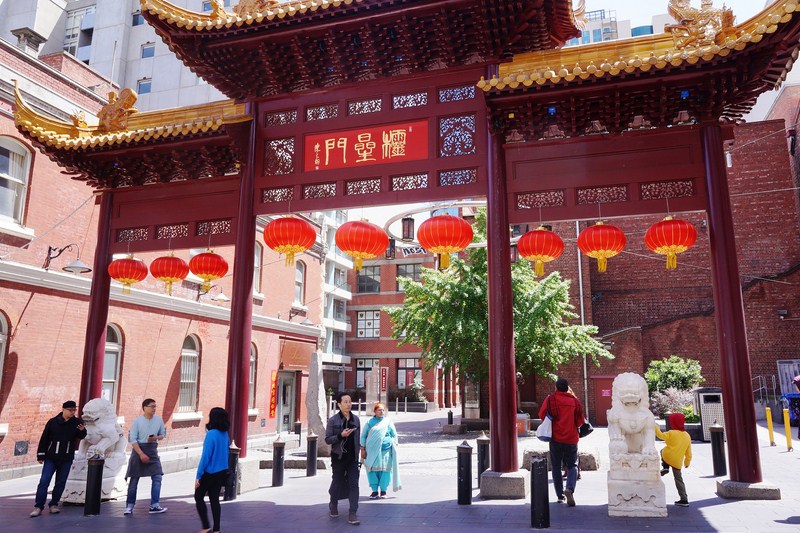
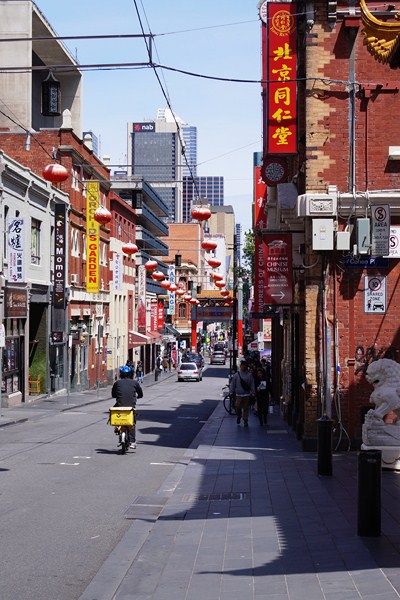
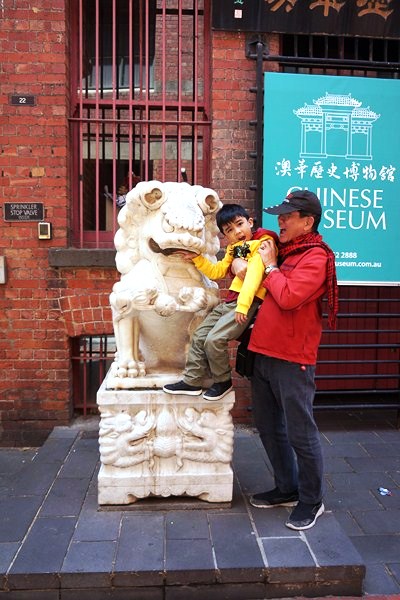
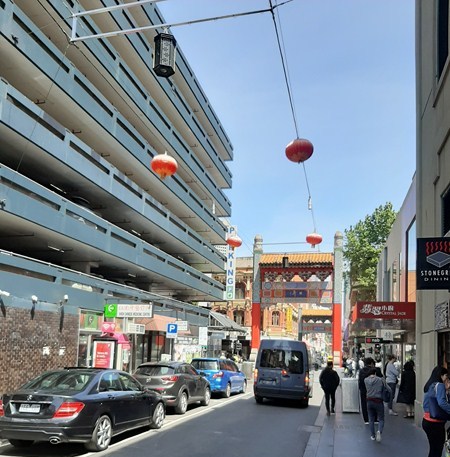
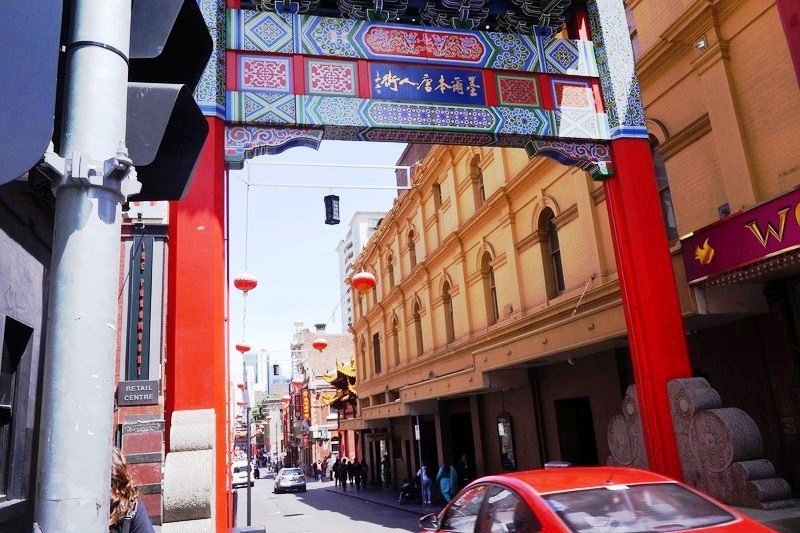

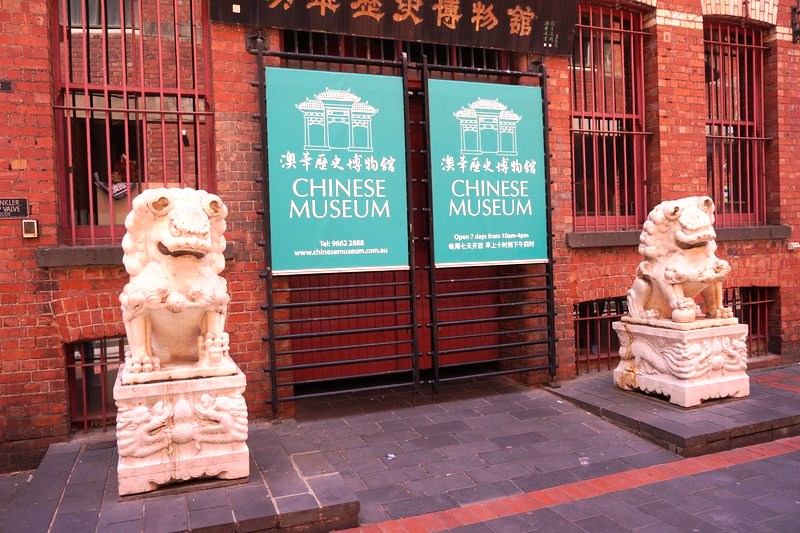
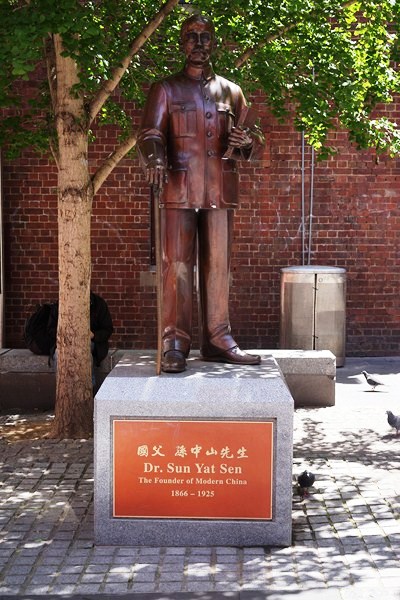

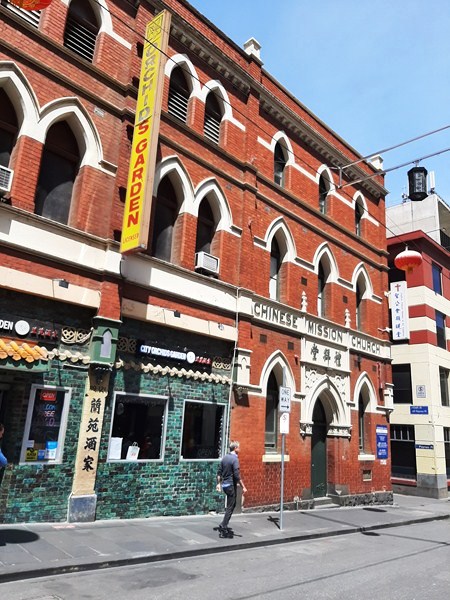
Pingback: Hosier Lane (Melbourne, Australia) – B.L.A.S.T. – Live Life to the Fullest ……… Don't Stay Put